Hebei Provincial Museum
WANGDA SHOWCASES supplied and installed custom museum display cases|museum showcases|museum display cabinets|vitrines made by anti-reflective glass imported from Europe and all the museum display cases were custom-made according to the highest museum showcase standards from Europe.The Hebei Museum (Chinese: 河北博物院; pinyin: Héběi Bówùyuàn) is located in Shijiazhuang, the capital city of Hebei Province, China. It first opened in April 1953 in Baoding. After moving twice in the 1980s, it reopened in October 1987 at its present location on South Zhongshan Street. As the only provincial-level museum in Hebei, its primary function is the collection and exhibition of ancient cultural relics.[1] The museum’s exhibition area has an area of approximately 20,000 square metres (220,000 sq ft) and showcases nearly 150,000 cultural relics. Artifacts in their collection include jade burial suits sewn with gold thread, unearthed from the Mancheng Lingshan Tombs of the Han dynasty; a lantern from Changxin Palace;[1] and a 2300-year-old bronze lamp, found in the tomb of King Cuo of Zhongshan.[2]
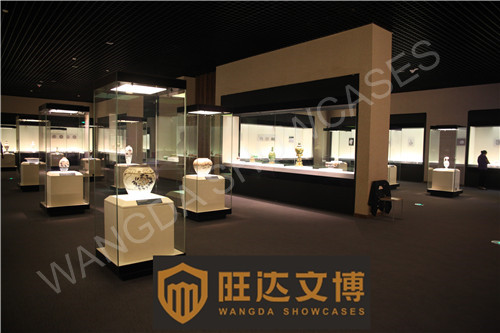
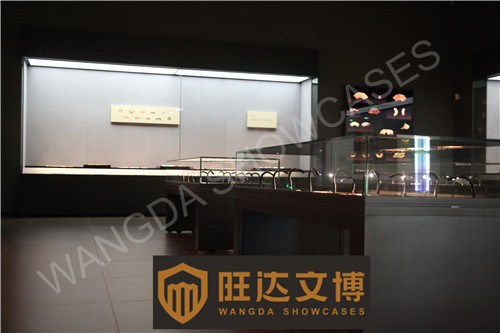
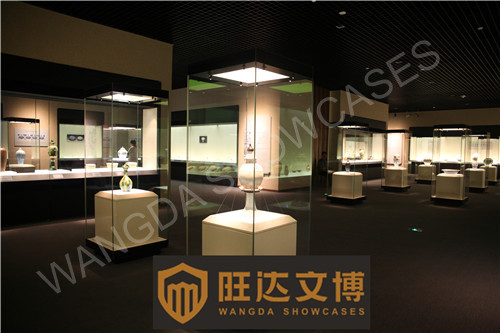
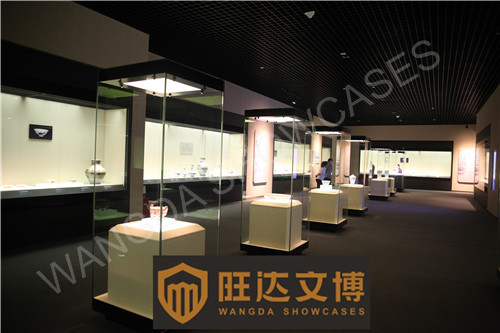
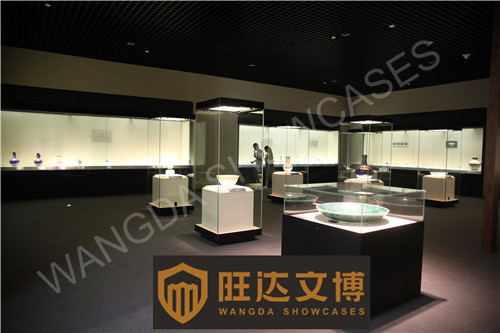
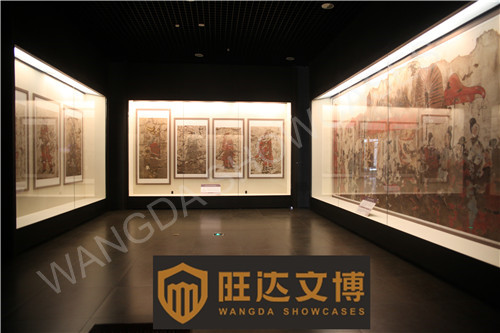
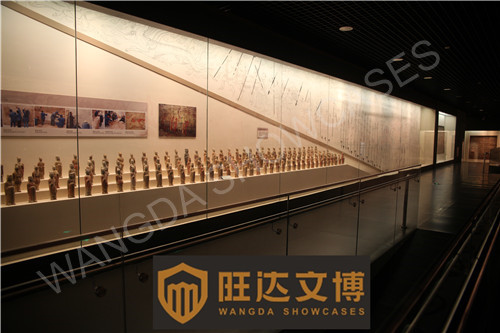
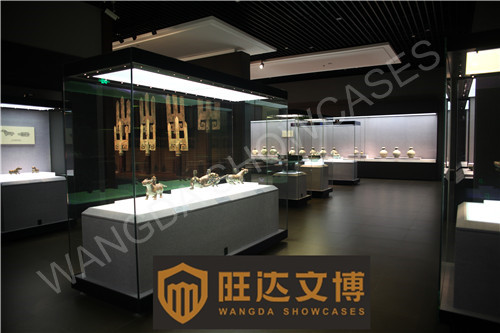
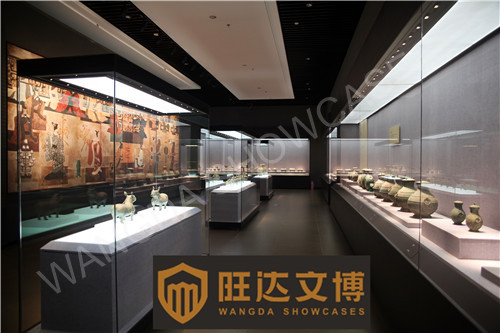
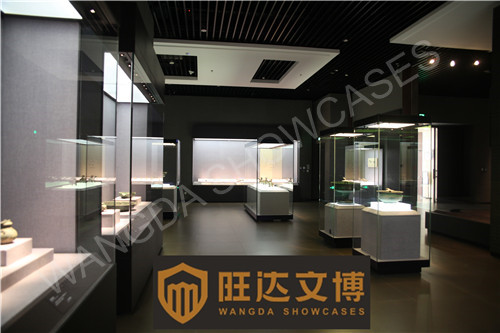
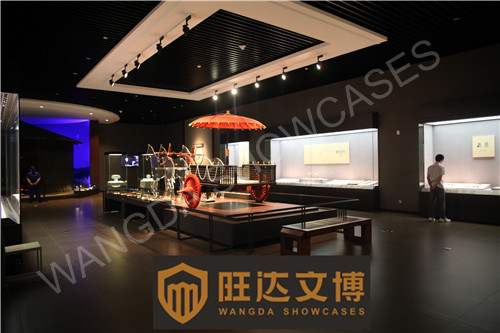
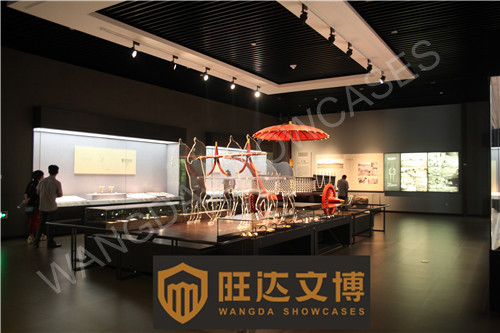
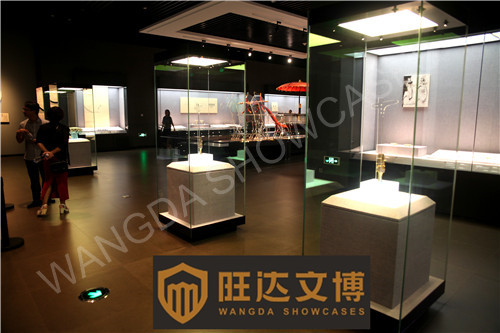
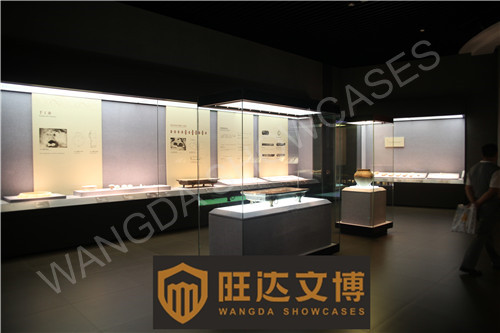
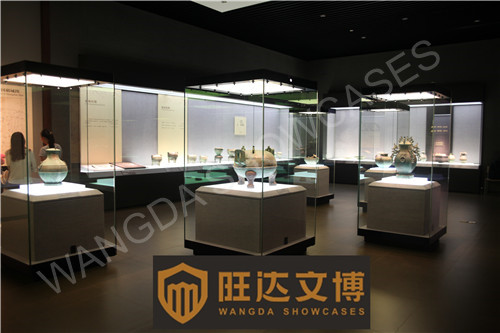
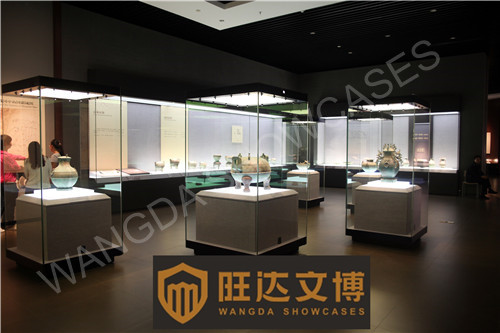
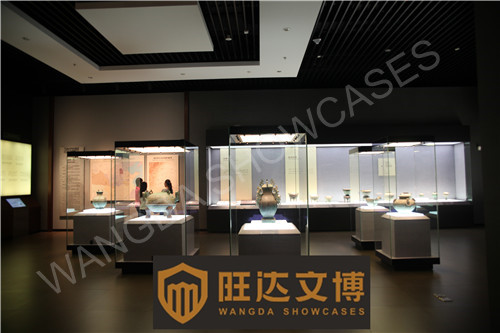
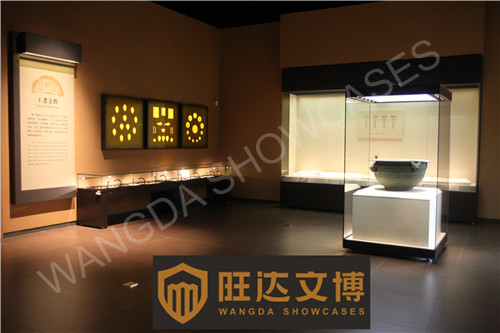
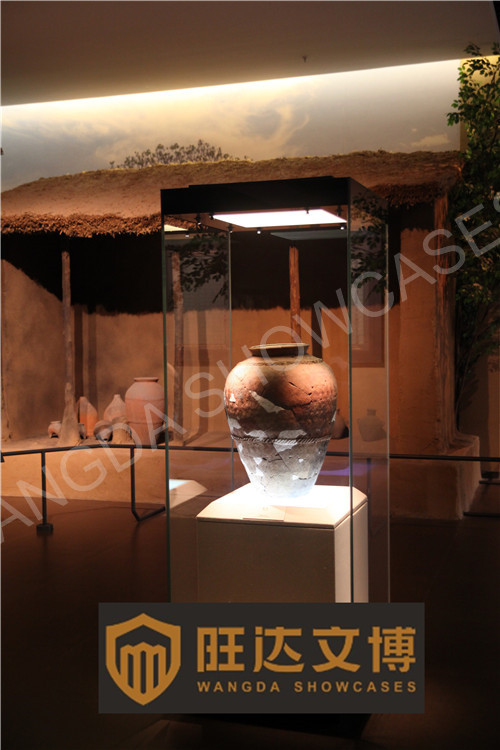
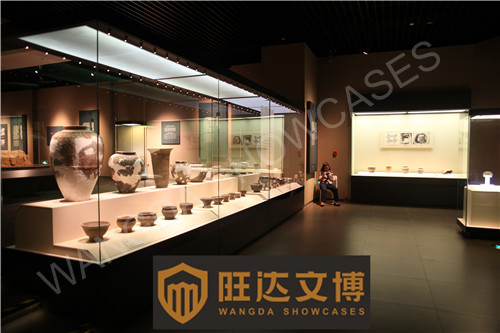
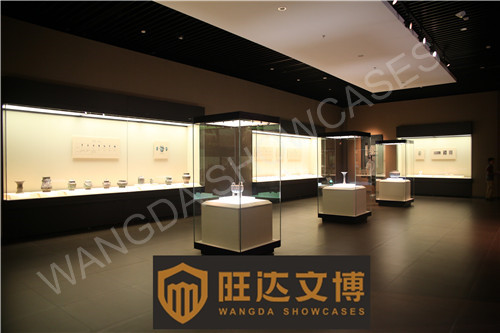
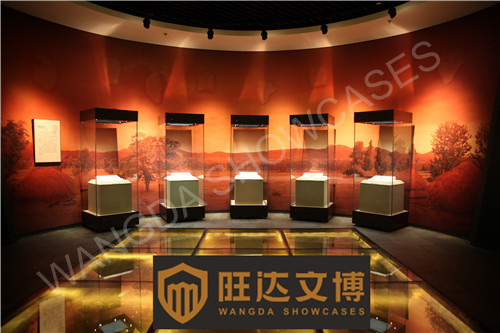
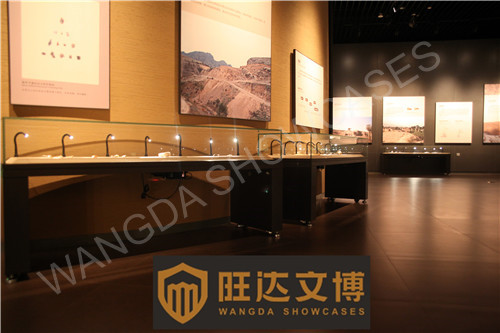
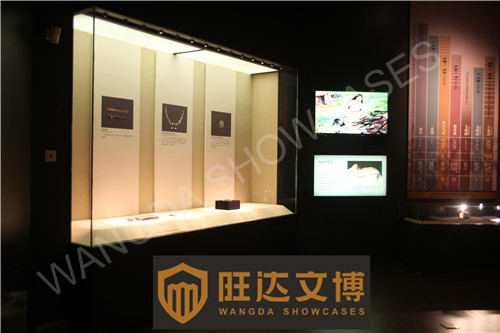
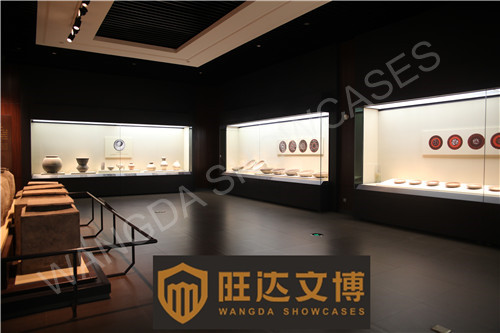
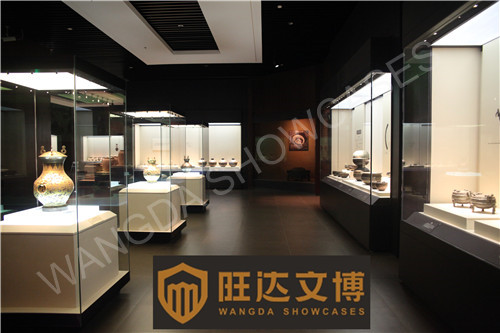
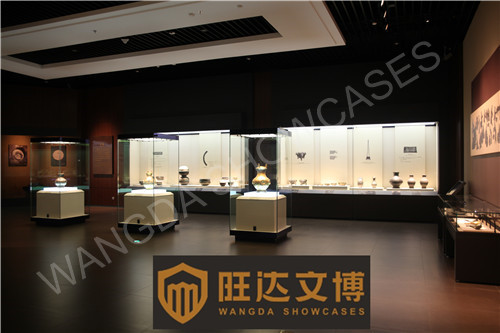
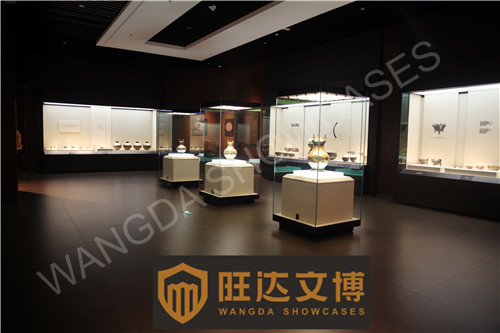
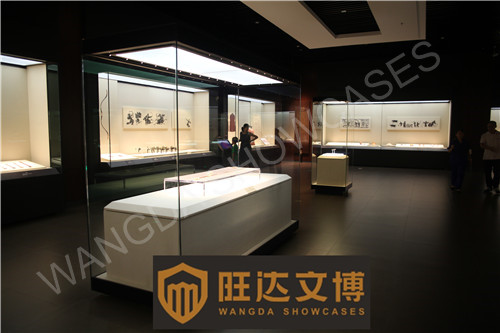
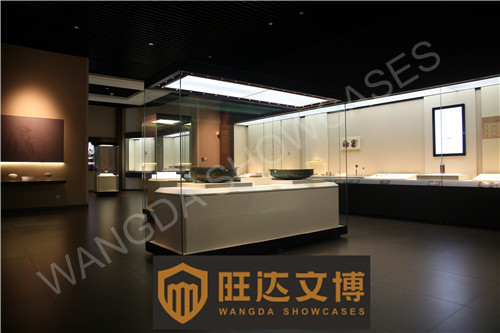
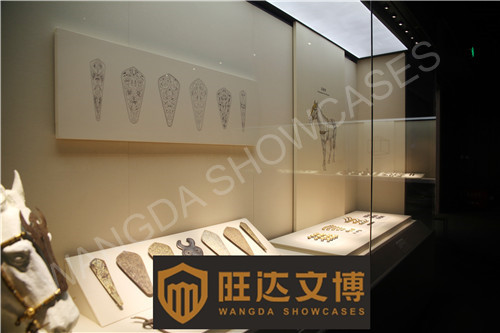
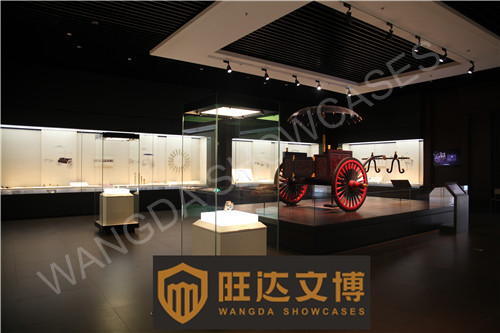
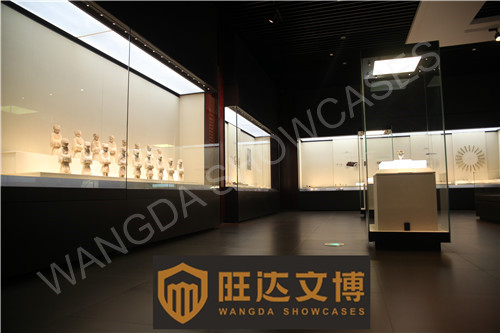
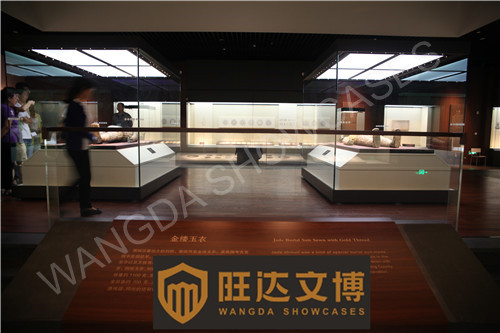
WANGDA SHOWCASES supplied and installed custom museum display cases|museum showcases|museum display cabinets|vitrines made by anti-reflective glass imported from Europe and all the museum display cases were custom-made according to the highest museum showcase standards from Europe.The Hebei Museum (Chinese: 河北博物院; pinyin: Héběi Bówùyuàn) is located in Shijiazhuang, the capital city of Hebei Province, China. It first opened in April 1953 in Baoding. After moving twice in the 1980s, it reopened in October 1987 at its present location on South Zhongshan Street. As the only provincial-level museum in Hebei, its primary function is the collection and exhibition of ancient cultural relics.[1] The museum’s exhibition area has an area of approximately 20,000 square metres (220,000 sq ft) and showcases nearly 150,000 cultural relics. Artifacts in their collection include jade burial suits sewn with gold thread, unearthed from the Mancheng Lingshan Tombs of the Han dynasty; a lantern from Changxin Palace;[1] and a 2300-year-old bronze lamp, found in the tomb of King Cuo of Zhongshan.[2]


































